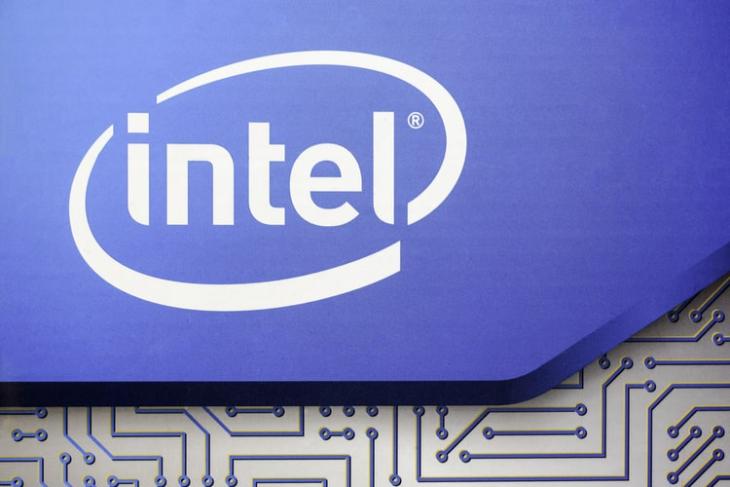
Intel Explains Intel 4
At the VLSI Symposium, organized annually by the Institute of Electrical and Electronics Engineers (IEEE), Intel has released new information regarding its upcoming lithographic nodes, including Intel 4 (formerly known as 7nm), which will be the first to employ the EUV (Extreme Ultra Violet) technique. Currently, the Santa Clara company is extensively deploying its 10nm node, renamed Intel 7, and, compared to this, Intel 4 will be able to offer 20% more performance and a doubling of the logic density. In practice, as expected, Intel 7 will deliver higher performance, higher energy efficiency and higher density.Photo Credit: Intel Photo Credit: Intel
EUV technology is particularly important, as it allows to reduce the number of masks and multi-patterns: Intel spoke of a 20% decrease compared to Intel 7. However, it should be noted that doubling the density of transistor only applies to logic, while other structures, such as SRAM, can count on a lower increase in density. Recall that the fourteenth generation Intel Core processors (Meteor Lake) will debut on the market only next year.
Intel Shares First Details of Its Upcoming “Intel 4” Process Node

After AMD revealed the details about its upcoming CPU manufacturing architectures last week, Intel took the stage at the 2022 IEEE VLSI Symposium to share some key details about its upcoming Intel 4 process node. The Redmond giant also unveiled an image of an unreleased Meteor Lake compute die at the event. Check out the details below right now!
Intel 4 Process Node DetailsIntel has claimed that the new Intel 4 or “I4” process node, which will replace its Intel 7 node, offers a 21.5% higher frequencies while consuming the same amount of power or a 40% power reduction while delivering the same frequency as compared to its predecessor. The company also says that it has achieved 2x area scaling improvement with the new technique. This means that the company was able to double the transistor density for the high-performance libraries.
These improvements are the results of Intel transitioning to the advanced EUV (extreme ultraviolet) lithography instead of using deep-UV immersion lithography. Intel 4 is the first process node to use the new EUV lithography, replacing the deep-UV immersion lithography used for the Intel 7 process node, which is formerly known as 10mm Enhanced Super Fin (10ESF). Thanks to the I4 process node, users will get significant performance improvements and power efficiency.
Now, it is important to note that Intel’s competitors like AMD and TSMC already use EUV lithography for their manufacturing processes. Although the Redmond giant was delaying the idea of using the same for its processors for the past few years, it is now all in for EUV, thanks to Pat Gelsinger’s aggressive push to achieve supremacy in the industry. Intel 4 will be the first process node to fully embrace the EUV lithography technique.
Meteor Lake Processor DetailsOther than this, Intel shared an image (attached below) of a Meteor Lake compute die with Intel 4 process node and 3D Foveros packaging technology. Although we have seen the Foveros packaging tech used in the company’s Lakefield processors, this will be the first time that Intel is expected to use it for high-volume manufacturing using this packaging technology.
Other details regarding the upcoming Meteor Lake processors are currently scarce. However, much like Alder Lake processors, the upcoming Meteor Lake CPUs are expected to come with an x86 hybrid architecture. There will be six performance cores and eight efficiency cores. As per Intel, the Meteor Lake is on track for a 2023 launch, though an exact release timeline is not provided as of now.
So yeah, stay tuned for more details regarding Intel’s new manufacturing technologies and its upcoming Meteor Lake processors in the coming months. Also, let us know your thoughts on the same in the comments below.
Leave a comment